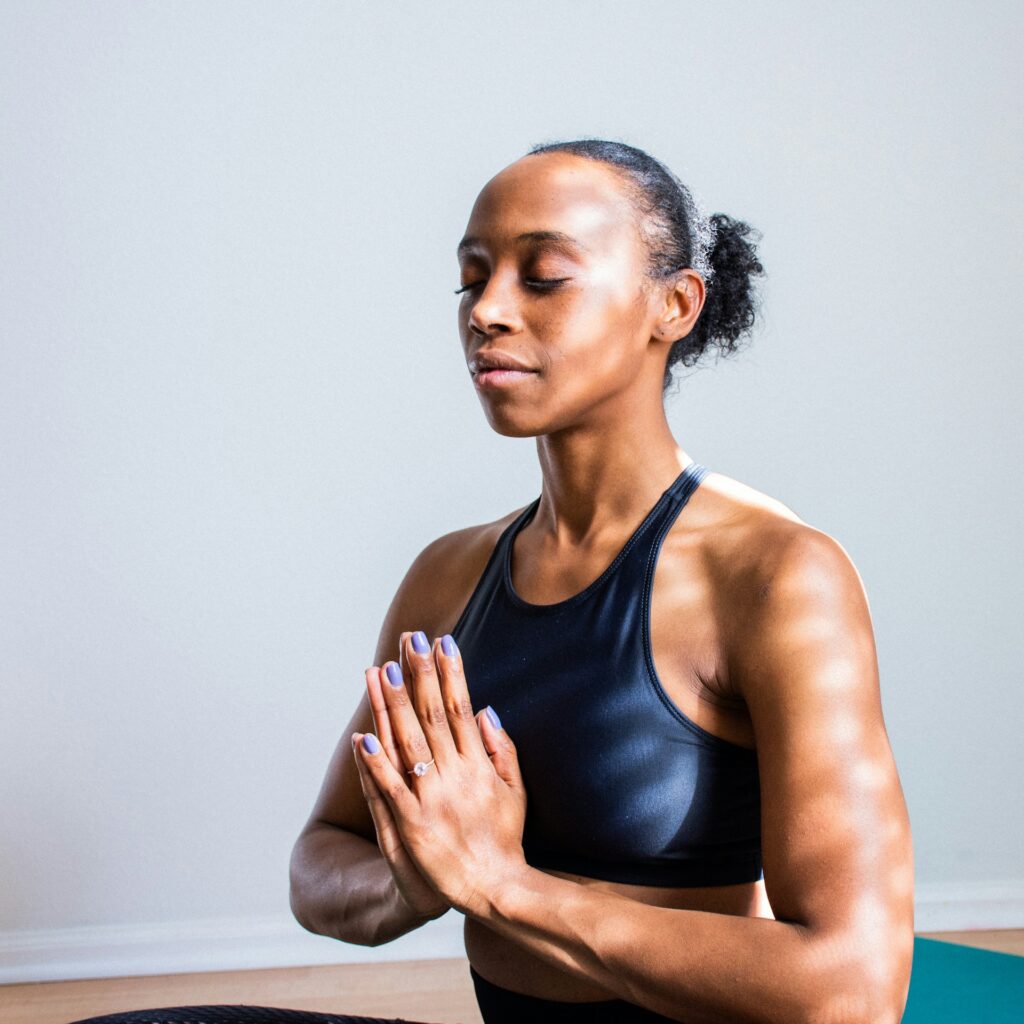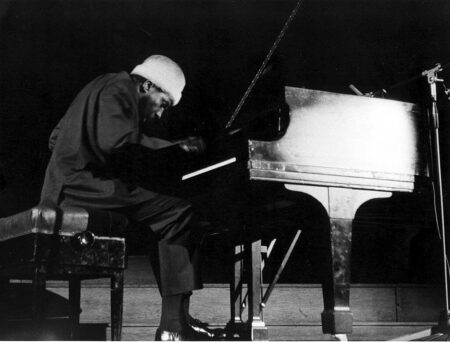At times when my exercise routine is interrupted — whether from illness, recovery, or travel pulling me out of my rhythm — I turn to a gateway exercise to re-engage. It might be a set of push-ups scattered throughout the day, squatting in place for a short stretch, or even a handful of burpees — just enough to get my blood flowing and break the spell of doing nothing. These consistent, low-barrier actions often lead me back to the level of exercise I aspire to. That’s what I call gateway exercises.
Among the simplest and most effective is the humble jumping jack. Not 10 sets. Just10. Every day. It sounds almost too easy — and that’s precisely why it works. The real resistance isn’t in your muscles. It’s in your mind. Our brains are wired to conserve energy, a survival instinct confirmed by a 2018 University of British Columbia study, which makes exertion feel like something to avoid unless reframed.
Jumping jacks are more than an old-school gym warmup — they’re a full-body ignition switch.
In seconds, they engage your heart, lungs, limbs, coordination, and lymphatic system, the body’s drainage network for clearing toxins and waste. A 2022 review in the Journal of Physical Activity and Health found that even short aerobic bursts under two minutes can lower blood pressure, lift mood, sharpen focus and boost metabolism when done daily. “When we jump, even just a few times, we stimulate something primal — a return to rhythm,” says Dr. Leigh Vanderloo of ParticipACTION.
Think of jumping jacks as a positive gateway. We’ve all heard of gateway drugs — small actions leading to bigger, often destructive ones. However, a gateway is simply an entry point that can open to growth instead of decline. Ten jumping jacks can lead to a morning walk. Walking to jogging and jogging to running. That’s how momentum works — making the first step so small the mind has no reason to resist. A 2024 review in Frontiers in Physiology confirms that brief aerobic activity benefits cardiovascular health, mental clarity and energy levels.
This happened to fitness writer Carla Writes, who documented her 15-day jumping jack challenge in a Medium post titled “I did 100 jumping jacks a day for 15 days…”. She started with 100 a day. “By the seventh day, I noticed it was becoming easier. I felt lighter and more energetic… By the second week… I could confidently say I felt fitter. Belly fat is now visibly decreasing.” Her story shows the gateway in action: a small daily habit dismantled mental resistance, making her not just capable of more, but eager for it.
The real obstacle to movement isn’t a lack of ability — it’s overthinking. Many see exercise as punishment: long runs, burpees, burnouts. So we delay, waiting for the perfect plan or the perfect gear. Meanwhile, the body wants to move — lightly, gently, consistently. Behavioral scientist Dr. B.J. Fogg, founder of Stanford’s Behavior Design Lab, writes in Tiny Habits that “the key to lasting change isn’t big decisions. It’s micro-movements.” Modern research confirms that large goals often trigger mental resistance, while small, consistent steps bypass it. But more than fourteen centuries ago, this truth was already declared with far greater authority. Prophet Muhammad (peace be upon him) said, “The most beloved deeds to Allah are those done regularly, even if they are few.”
Science is only now catching up to what was revealed and practiced generations before the existence of laboratories.
Small also means adaptable. Seated marches can provide similar rhythmic benefits without stressing joints for those who can’t jump due to health or mobility concerns. Sit tall in a sturdy chair, lift one knee at a time, swing your arms and breathe steadily. It works your core, hips and circulation — tapping into the same principle: start where you are, and let consistency carry you further.
Two more gateway movements can deepen the effect.
Wall sits (30 seconds/day): Stand with your back against a wall, slide down until your knees are at a right angle, and hold. Research from Dr. Hirofumi Tanaka at the University of Texas and a British Journal of Sports Medicine review of 270 trials found that isometric holds can be more effective at lowering blood pressure than cardio or strength training. Box Breathing (4-4-4-4): Inhale for 4 seconds, hold for 4, exhale for 4, hold for 4 and repeat for one minute.
Used by U.S. Navy SEALs and supported by Journal of Clinical Psychology studies, this technique lowers cortisol, calms the nervous system and sharpens focus — all of which make movement more inviting.
Jumping jacks, wall sits, seated marches and mindful breathing. Done daily, they loosen joints, raise energy, sharpen thoughts and deepen sleep. More importantly, they shift identity — from someone who “wants to get healthy” to someone already in motion. Because momentum isn’t built from intensity — it’s built from rhythm, from small decisions repeated until they feel natural.

Our ancestors didn’t wait for gym memberships. They walked. They hunted. They gardened. They moved. We don’t need more discipline. We need more awareness — awareness that the body wants to heal, that it craves movement, that a single small action can spark a chain of change. Always seek the guidance of a qualified health professional to determine which movements are correct for you, especially if you have existing health conditions.
For me, that small action is often a gateway exercise — a simple, approachable move that gets my blood flowing and reminds me that motion is medicine. It’s how I break the spell of inactivity, whether I’ve been sidelined by illness, travel, or life’s distractions. And for many, that gateway can be as simple as 10 jumping jacks. One small step, repeated daily, can open the door to an entirely different rhythm of living.
Your gateway is waiting.








